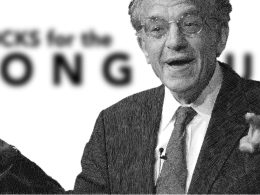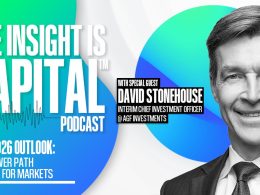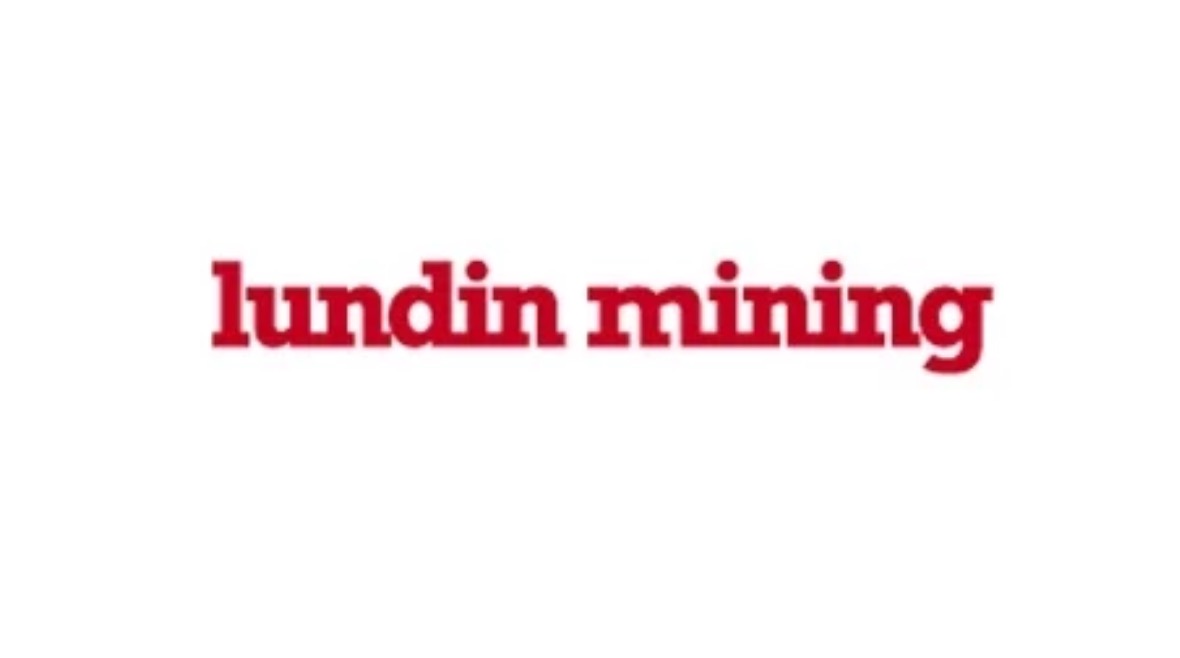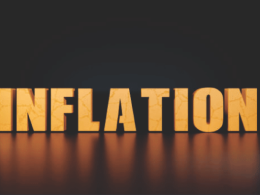As markets charge into 2025, investors and advisors are grappling with a complex web of macroeconomic forces—policy uncertainty, interest rate shifts, inflationary pressures, and shifting global trade dynamics. Against this backdrop, AdvisorAnalyst.com's Pierre Daillie, sat down with Ilan Kolet, Institutional Portfolio Manager in Fidelity’s Global Asset Allocation Team, to unpack some of the most pressing questions shaping investment strategy this year.
The conversation1 ranges from geopolitical uncertainty to portfolio positioning, fixed income dynamics, and the evolving opportunity set in equities.
The Elephant in the Room: Political and Trade Uncertainty
Kolet wasted no time identifying the central issue on investors’ minds: political uncertainty and tariffs. With leadership transitions on both sides of the U.S.-Canada border and growing trade tensions, the implications for markets are profound.
“The question that I have been getting dozens of times a day,” Kolet emphasizes, “is around political instability, political uncertainty, tariffs, and trade.”
The potential for tariff shocks is particularly concerning. Reflecting on his tenure at the Bank of Canada, Kolet outlines the assumptions required to assess the impact of proposed tariffs:
- Tariff Magnitude: Will tariffs be set at 25%, or is this merely a negotiating tactic?
- Scope: Which goods will be affected? “Is this every single thing that Canada exports, or is it, I don’t know, frozen French fries?” he quipped, highlighting that 97% of frozen French fries consumed in the U.S. originate from Canada.
- Duration: Will tariffs be short-lived or long-standing?
The economic stakes are staggering. Citing a 2019 Bank of Canada simulation, Kolet lays out three chilling figures:
- A 6% decline in Canadian GDP—a deeper contraction than the 2008 financial crisis or the 1990s recession.
- A 3% surge in inflation, primarily due to a sharp depreciation in the Canadian dollar.
- A 25% drop in CAD value, which would push the exchange rate to near $0.52–$0.53 USD.
“Let’s put that in perspective,” Kolet warns. “Exports account for almost a third of Canadian GDP, with 75% of those exports going to the U.S.. This isn’t just a risk; it’s an existential issue for Canada’s economic trajectory.”
While some investors hope this is mere brinksmanship, Kolet remains cautious. “The threat of tariffs alone is damaging. If I was a Canadian business owner considering expansion, I might pump the brakes or kick the can down the road.” Early indicators suggest this hesitation is already surfacing in business sentiment surveys.
Portfolio Construction: Preparing for Uncertainty
In an environment rife with macro risks, Kolet emphasizes resilience in portfolio construction. “Our goal in constructing portfolios is to choose managers of different styles, sectors, and asset classes that follow their own process, are incentivized to beat their benchmarks, and then leave them alone.”
This philosophy is backed by a proven track record—since Fidelity’s global balanced portfolios became tactical in 2013, they have delivered 40% excess return over a standard 60/40 allocation. Of that, 25% came from manager selection and 15% from asset allocation shifts.
Current positioning reflects three key themes:
- Deep Underweight to the Canadian Dollar – At a 16.5% underweight, this is the largest reduction in CAD exposure in Kolet’s tenure. “In the event of a Canadian dollar depreciation—and we believe the direction of travel is lower—this positioning serves as a return enhancer and risk mitigator.”
- Overweight to U.S. Equities – “The primary driver of our overweight is U.S. equities,” Kolet confirms. Fidelity’s thesis centers on a productivity boom fueled by AI, clean tech, and flexible work structures. “We believe the stall speed of the U.S. economy has increased, meaning it can grow faster without overheating.”
- Tactical Fixed Income Exposure – The bond market is at a critical juncture, with long-term rates expected to remain higher for longer. Fidelity’s approach has been to underweight investment-grade bonds while leaning into shorter-duration credit and spread sectors. “We’ve increased our conviction that the Fed will not cut rates as aggressively as the market once assumed.”
Alternatives: The New Risk Mitigator
With the traditional stock-bond correlation shifting, alternative investments have become increasingly vital. Fidelity introduced three liquid alternative strategies into managed portfolios in mid-2024, and Kolet sees them as a crucial tool for reducing portfolio volatility.
“Stocks and bonds remain positively correlated,” he notes, “to our detriment in 2022 and to our benefit in 2023, but they remain that way today. We need to think about uncorrelated sources of return.”
While no immediate increases in alternative allocations are planned, Kolet emphasizes that continuous research informs asset allocation decisions. “Every position we add must improve the portfolio’s expected risk-adjusted return. That question—‘Is there an asset class or manager we don’t have that we should?’—is always top of mind.”
The Outlook: Higher for Longer and the U.S. Advantage
Kolet underscored a fundamental divergence between the U.S. and Canada:
- Canada must cut rates, given economic fragility and high mortgage renewal pressures.
- The U.S. may not cut at all, as economic strength persists. “We’ve always believed the neutral rate in the U.S. is higher than in Canada. If the Fed is done cutting, that means downward pressure on the CAD.”
Bond investors should take note—long-term rates aren’t going back to 2-3% anytime soon. “Higher for longer isn’t just about short-term rates,” Kolet stresses. “It’s about a structurally higher term premium, meaning the old playbook on duration may not apply.”
Final Thoughts: Elegant Solutions to Complex Problems
Investment strategy in 2025 demands nuanced, data-driven decision-making. As Kolet succinctly puts it:
“Our portfolios are elegant solutions to complex problems. Return matters, but risk-adjusted return is how we should be thinking about things. We aim to add one basis point to the mountain—one at a time—with deliberate, risk-aware, incremental portfolio management.”
For investors, the message is clear: prepare for volatility, embrace diversification, and position portfolios for a world that looks fundamentally different from the past decade.
Footnote:
1 "Pressing Investment Questions for 2025 with Ilan Kolet - Insight is Capital™ Podcast." 22 Feb. 2025, advisoranalyst.com/insight-is-capital-podcast.html?wchannelid=lvklihl3li&wmediaid=l6kl0xce40.















